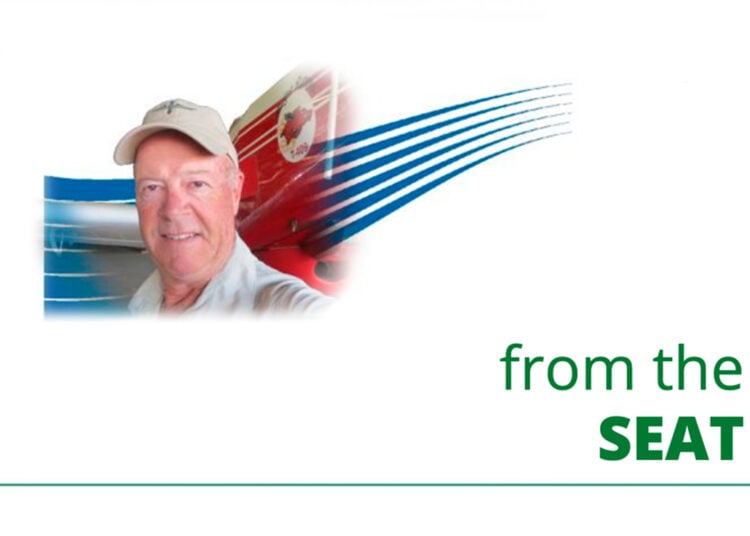This year’s government shutdown, just like the one a year ago, has trickled down to wildland firefighters and may affect the upcoming 2019 wildfire suppression season. As far as the air side goes, both National Aerial Firefighting Academy (NAFA) courses, NAFA (I) and NAFA-II* have been canceled. NAFA is a prerequisite to becoming a new Level II, Single Engine Air Tanker (SEAT) pilot.
NAFA II is required for Level II pilots to upgrade to Level I. Level I pilots can work autonomously with multiple aerial assets at the fire whereas Level II pilots need aerial supervision (air attack or a lead plane) over the fire when there are more than two total aircraft in the Fire Traffic Area. Additionally, NAFA II is a triennial requirement for aerial fire fighter pilots to remain “carded” (licensed) with the government.
As of now the carding process is in limbo. If left as is, this will impact many SEAT vendors’ abilities to fill seats with qualified pilots to meet state and federal contract requirements. There is, however, a glimmer of hope.
A government official stated the government is fully aware of the potential impacts of the NAFA courses being canceled on vendors, as well as the detrimental, albeit unintended, effects on the upcoming season. The official says most likely a waiver will be granted for Level I pilots in need of their triennial NAFA II requirement. Upgrades from Level II to Level I are less of a concern to the government for the upcoming season as compared to the ability to issue initial Level II cards to new SEAT pilot; these issues remain unresolved and are still being discussed.
It’s fair to say all agencies involved in aerial firefighting are committed to ensuring there are enough qualified pilots to fight the air war this season; hopefully our politicians will keep the government open so that our agencies can continue to work to resolve all of these issues.
So, what do the prevailing Significant Wildland Fire Potential Outlook maps show for 2019? Currently, the significant potential seems pretty low, at least through May in the lower 48 and Alaska. However, there is some red on the map. All the islands of Hawaii are showing “above normal” …yeah right.
Don’t get your hopes up fellow SEAT pilots, I doubt we’ll be enjoying Blue Hawaiians on the beaches of Waikiki any time soon! *NAFA (I) - “…a training effort by and for personnel directly involved in aerial retardant and water delivery. The intent is to educate both Agency and Contract personnel using subject matter experts from both sectors.” NAFA II - “…is designed to provide aerial firefighters an advanced training experience to NAFA(I), utilizing flight simulator hardware and software, sand table exercises and classroom interaction. NAFA II simulations and problem solving exercises will enhance the aerial firefighter’s effectiveness and safety awareness by providing complex problem solving tasks while simulating a multi-aircraft fire airspace environment.” -Source National Wildfire Coordinating Group (NWCG).
**Pilot endorsements “Level II permits pilot performance of missions without benefit of aerial supervision in the fire traffic area (FTA) with the SEAT plus one other aircraft. With more than two aircraft within the FTA, aerial supervision for the Level II pilot is required.”
“The Level I endorsement permits the pilot to perform missions in the FTA without aerial supervision and allows them to conduct operations in a multiple tactical aircraft environment. This encompasses all missions from initial attack through large fire aerial operations. The Level I rated pilot will be familiar with and have experience in complex aerial fire suppression methods, and therefore, will be more effective in those types of situations.” -Source NWCG Standards for Single Engine Air Tanker Operations:
A Fire Traffic Area is an imaginary piece of cylindrical airspace, having a 5 NM radius and is at least 2,500’ AGL in height and is centered over the fire, used for communication protocols.
SUBARU Bell 412EPX Receives Transport Canada Validation
Mirabel, Quebec (May 7, 2025) – Bell Textron Inc., a Textron Inc. (NYSE:TXT) company, today announced the SUBARU Bell 412EPX has received Transport Canada...






